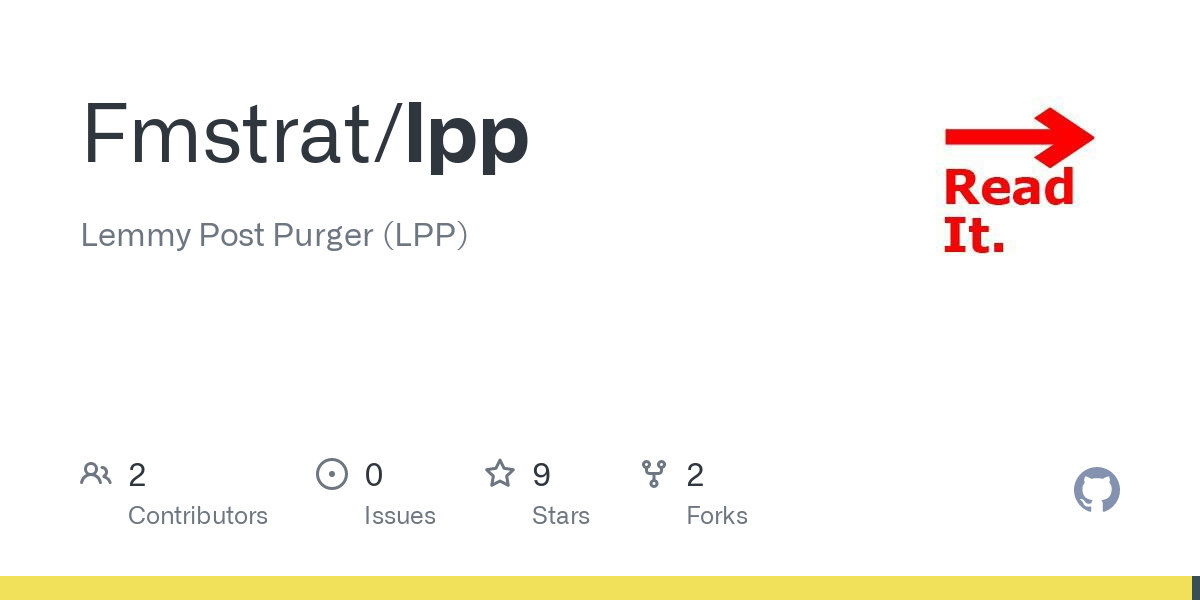

No thanks. I get some people agreed to this, but I’m going to continue to use .lan, like so many others. If they ever register .lan for public use, there will be a lot of people pissed off.
IMO, the only reason not to assign a top-level domain in the RFC is so that some company can make money on it. The authors were from Cisco and Nominum, a DNS company purchased by Akamai, but that doesnt appear to be the reason why. .home and .homenet were proposed, but this is from the mailing list:
- we cannot be sure that using .home is consistent with the existing (ab)use
- ICANN is in receipt of about a dozen applications for “.home”, and some of those applicants no doubt have deeper pockets than the IETF does should they decide to litigate
https://mailarchive.ietf.org/arch/msg/homenet/PWl6CANKKAeeMs1kgBP5YPtiCWg/
So, corporate fear.





I’m not sure I follow the question. All of the TLD
*.arpais not reserved for private use, only*.home.arpa. So all your internal services are required to be a sub domain.